|
|
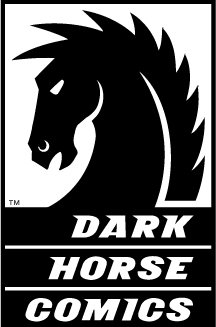 |
Grendel
I have no idea what Grendel is. And neither, apparently, does my Microsoft Word spell check, which keeps trying to change it to “Grande”. If my spell check is anything like me, this is not due to a disinterest in the character. I’ve been following the Grendel title since shortly after Dark Horse began continuing and reprinting Wagner’s long running Comico series. But what first began as the story of criminal mastermind Hunter Rose, who runs an underground empire while assuming the identity of Grendel, soon became an experimental vision of a dystopian future society, with different
characters taking up the mantle of Grendel. Soon, all that connected the various story arcs was a cool looking mask and the somewhat ephemeral concept that the series was about the ‘spirit of aggression’. When the series transformed into the irregularly published
Grendel Tales series from Dark Horse, things got even weirder. Nevertheless, the book was a fascinating, often beautifully illustrated series. Wagner wrote much of the Comico regular series, which ran for 40 series, as well as the
Grendel: War Child mini, which was the first Grendel material originally published by Dark Horse. Dark Horse then reprinted the original series, breaking up the various story-arcs and releasing them as miniseries. The
Grendel Tales featured work by various writers and artists, overseen by Wagner, and was followed by Wagner’s
Black, White, And Red miniseries, as well as the
Devil Child mini by Diana Schultz and artist Tim Sale. Though the series sometimes schizophrenically jumped between characters and time frames, like a CD skipping from Darkthrone track to the Polyphonic Spree, the over-arching theme and atmosphere made it an enjoyable, and occasionally powerful read. Highlights from the Dark Horse issues include the medieval
Devil’s Hammer miniseries by Rob Walton, and Patrick McEwon’s
Homecoming.
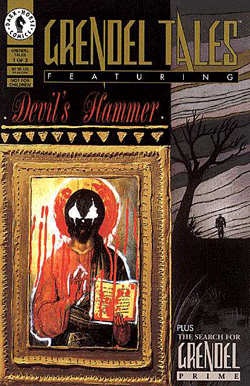
Hellboy
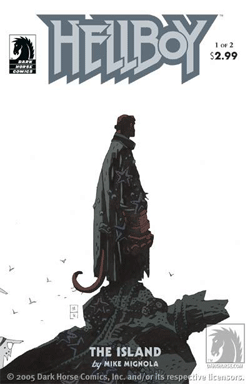
No discussion about Dark Horse would be complete without a lengthy discussion of Hellboy. Ignoring this seminal title in Dark Horse’s catalogue would be like talking about the Beatles without mentioning the White Album; sure, I’d like to do it to save time, but then my email inbox would get stuffed up with complaints and I wouldn’t be able to get my regular mail about buying Viagra online or how some Nigerian prince is going to wire me $400 000. When writer/artist Mignola created Hellboy in San Diego Comic Con Comics #2 in 1993, he likely had no idea that his character would beget a myriad of mini-series, spin-offs, novels, animations, and feature films. But low and behold, 14 years later, the franchise is still going strong. Mignola’s distinctive artistic style, angular and dark, his unique sense of design, and his strong storytelling techniques have made Hellboy a resounding success, both commercially and creatively. By mixing European folk mythology, H.P. Lovecraft stories, Edgar Allen Poe, B-movie science, and enough black ink to drown a squid, Mignola has created an enduring, unique comic. Hellboy, a demon brought to earth by the Nazis, is the harbinger of the end of the world. You could certainly tell by looking at him, as he’s maybe 9 feet tall, has red skin, a tail, and a right hand roughly the size and shape of a cement mixer. But you couldn’t tell by talking to him, as he’s got the character of a slightly more jovial Clint Eastwood. Gruff, but endearing, Hellboy fights evil under the auspices of the Bureau of Paranormal Research and Defense. Mignola has written and drawn several miniseries, most of which have been collected in trades, but other commitments have prevented him from devoting much time to the comics in recent years. Concentrating mainly on writing, Mignola has overseen and scripted much of the Bureau of Paranormal Research and Defense spin-off title, and has brought Hellboy back from a long hiatus with the current series, Darkness Calls. All of the miniseries are excellent, and with the exception of the current arc, nearly any of them would be an excellent jumping on point for new readers. Still, it’s best to start at the beginning, which would be the Seed of Destruction trade paperback, collecting the first miniseries, illustrated by Mignola, and co-scripted by Mignola and John Byrne.
Manga
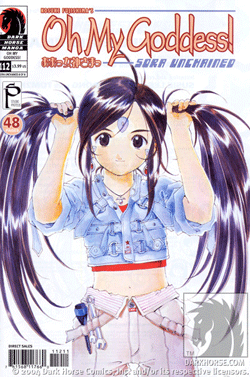
In 1993, Dark Horse began publishing American versions of the long-running Oh My Goddess! manga series by Kosuke Fujishima, sparking a new found revenue stream for the company. Since then, Oh My Goddess! has become America’s longest running manga series, with 26 volumes published so far. Currently, Dark Horse is reprinting earlier volumes in the series in the standard right to left reading format. The story involves a young man who is dating a goddess, and all the subsequent wackiness that ensues, sort of like I Dream Of Jeannie but probably way more weird. This was followed by Shirow Masamune’s Ghost In The Shell in March of 1995, a cyperpunk manga that has since been adapted into several films and a Japanese television series. While Dark Horse does not publish original manga, simply importing American versions for the US market , Blade of the Immortal and Akira have become big sellers and fan favorites.
The Tale Of One Bad Rat
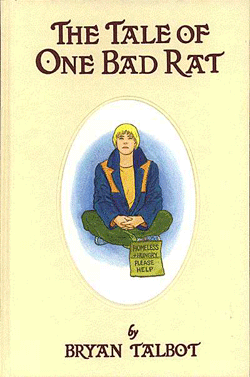
A lesser known title, but one of no less importance, is Bryan Talbot’s The Tale Of One Bad Rat. A four issue miniseries published by Dark Horse in 1995, the comic was a harrowing, naturalistic portrayal of a young victim of child abuse. Part Beatrix Potter and part Harvey, with a somberness that neither comparison would imply, the story is that of a young runaway trying to deal with her past while building a future for herself. Powerful and unconventional, the comic has been collected in graphic novel format, and is well worth a look.
Groo
Creator-owned comic
Groo The Wanderer first came to Dark Horse in 1998, with the title having survived the bankruptcies of Pacific, Eclipse, and Epic Comics. Illustrated and co-written by
Mad magazine artist Sergio Aragonés, the book is a broad parody of
Conan The Barbarian. One of the most successful creator owned comics in history,
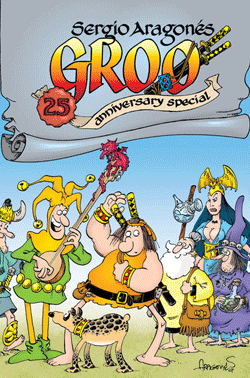
In part 3, we continue to examine Dark Horse’s most important titles, with Yojimbo, Buffy, The Goon, and more.
© Copyright 2002-2021 by Toon Doctor Inc. - All rights Reserved. All other texts, images, characters and trademarks are copyright their respective owners. Use of material in this document (including reproduction, modification, distribution, electronic transmission or republication) without prior written permission is strictly prohibited.

